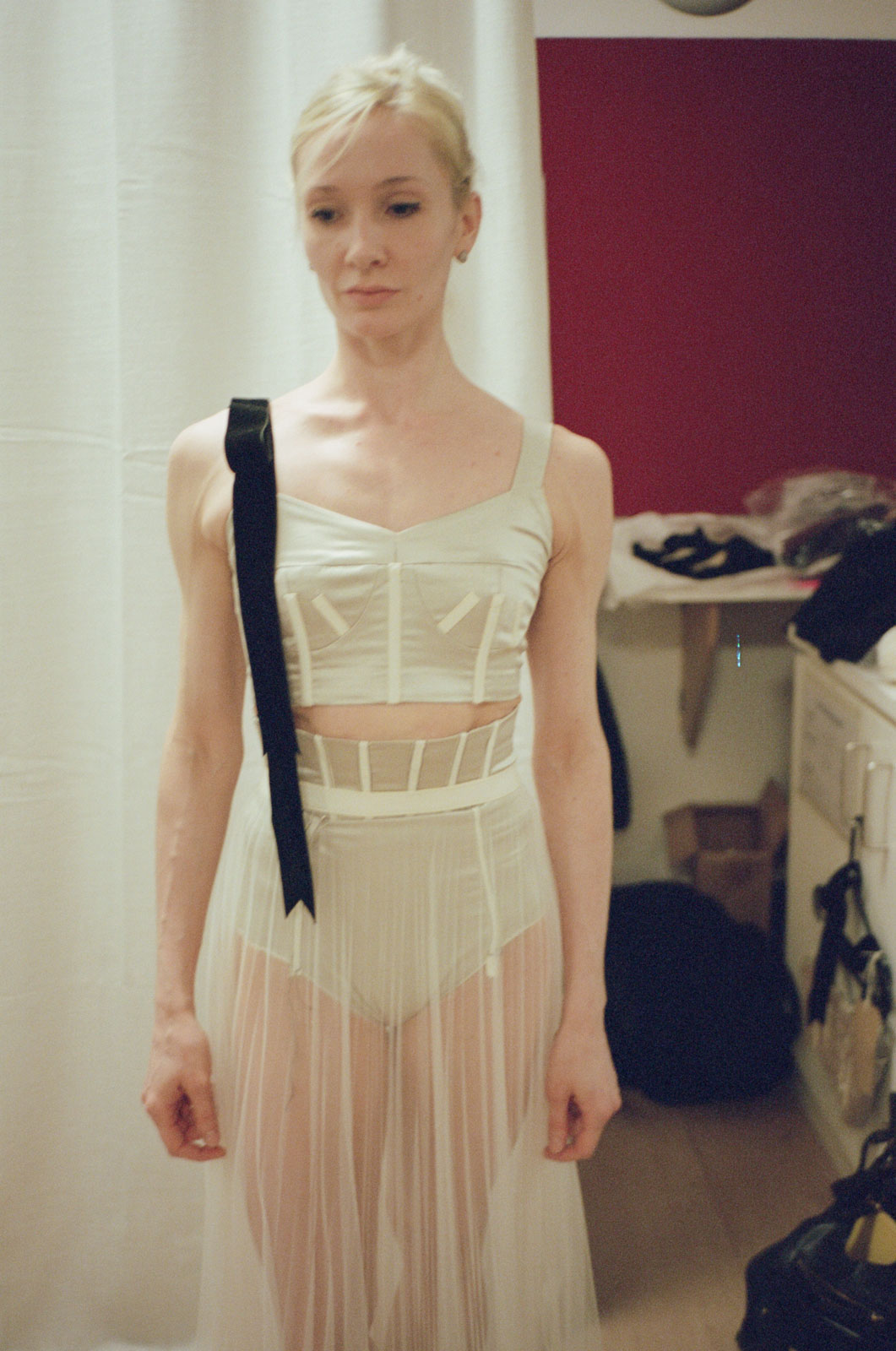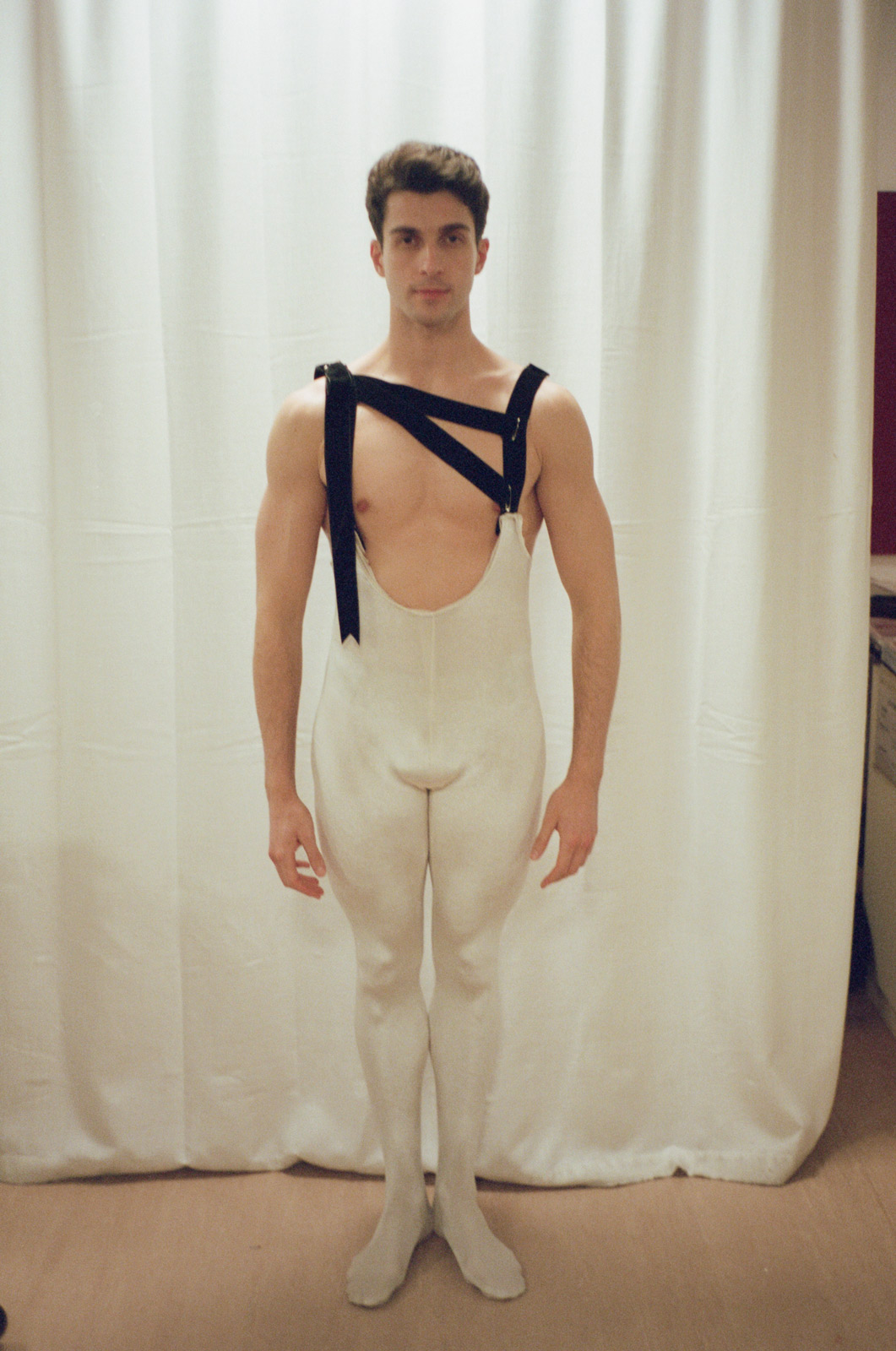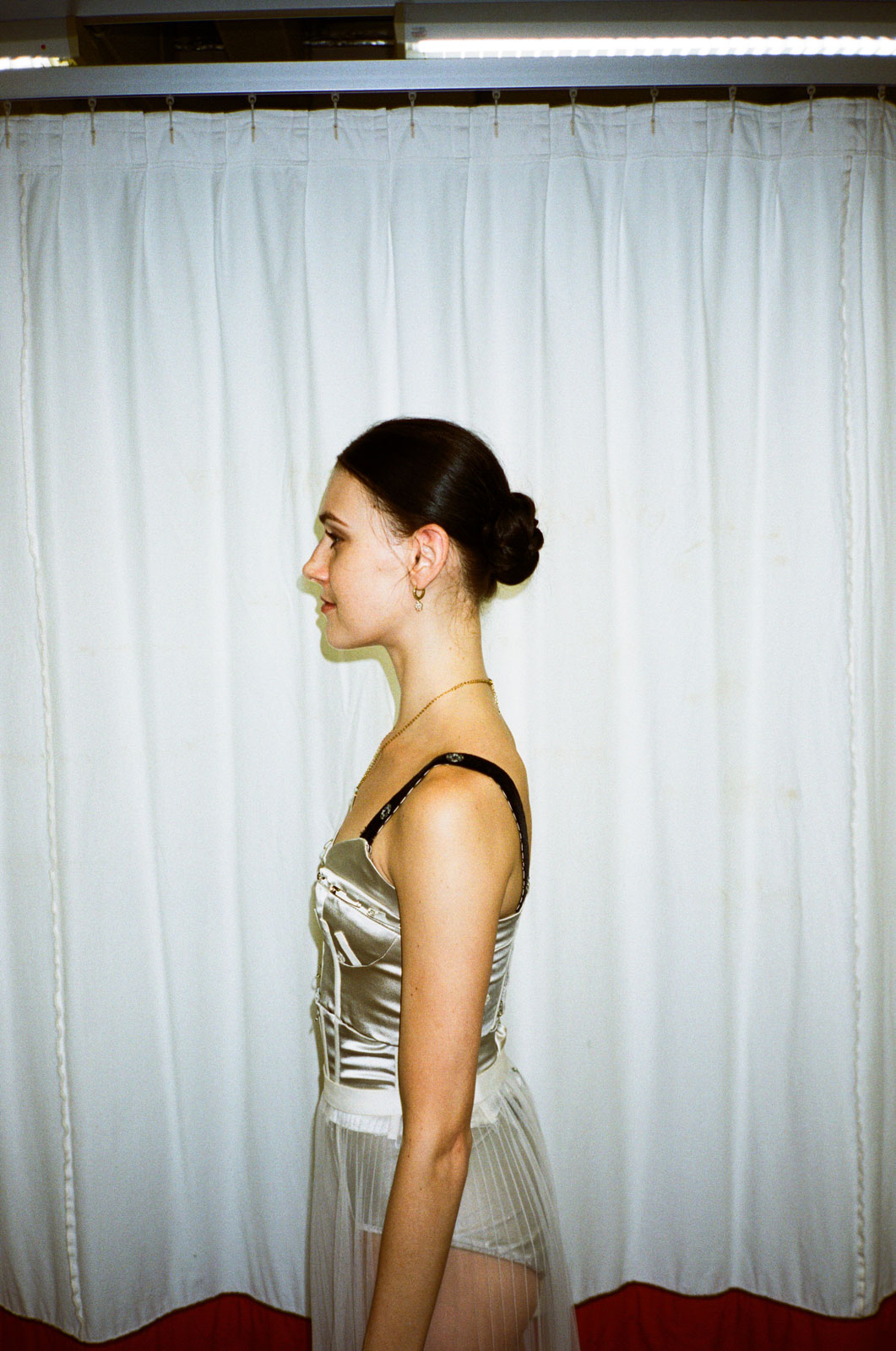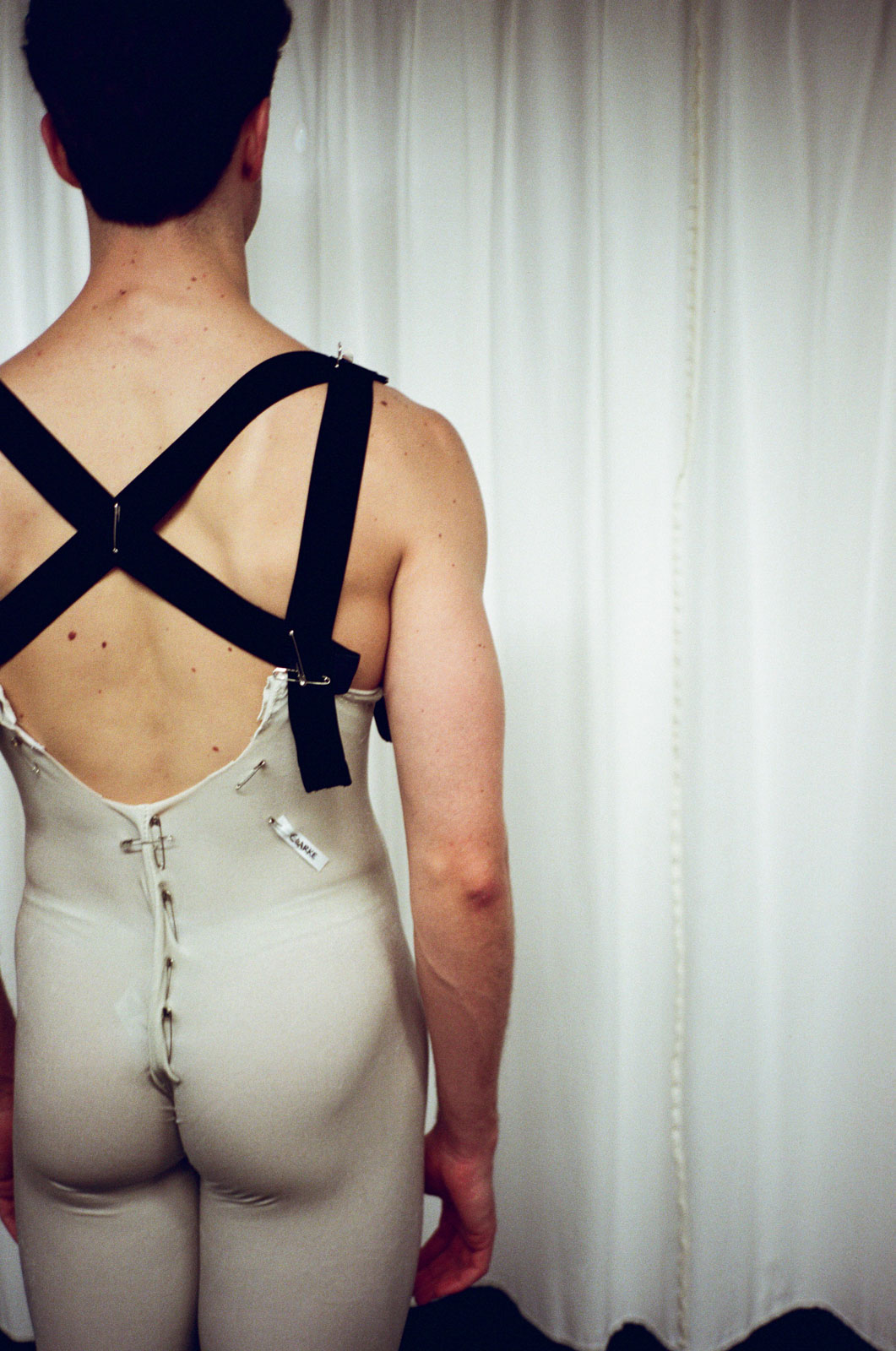For the Royal Opera House’s ‘Corybantic Games,’ the designer recasts visions of intimacy, athleticism, and ’50s femininity
Five years after its premiere, Corybantic Games and its cast of dancers clad in tulle and ribbon return to the Royal Opera House. Designed by Erdem Moralıoğlu in collaboration with choreographer Christopher Wheeldon, the costuming synthesizes vintage tailoring, Grecian athleticism, and classic ballet motifs. The half-decade since the show was last performed has been decidedly tumultuous, as the UK weathered Brexit, COVID, and three new prime ministers. In the wake of these national calamities, Moralıoğlu’s intimate silhouettes aren’t just references to mid-century womenswear and antiquity, but sensual celebrations of skin and testaments to the durability of great art.
To create bespoke garments that would accommodate dancers’ movement, the seasoned designer had to resituate his creative process. “I had to think in a completely different way,” Moralıoğlu told Document. “The dancers are performing and moving their bodies in ways that wouldn’t usually [require] consideration when designing my runway collections. The costumes have to be incredibly durable, but they need to have a delicacy that is legible from far away.” This understated graphic elegance emerged in the details: the arch of a bustier sewn against ribs, the hug of a black harness across the chest, the gravity of a black velvet rung anchoring a sheer skirt.
Moralıoğlu’s fiercely delicate garments are a feat of collaboration—honoring his own aesthetic sensibilities, while illustrating Leonard Bernstein’s dramatic score and augmenting Wheeldon’s dynamic choreography. The restaging will show later this month alongside the world premiere of Wayne McGregor’s homage to the late artist Carmen Herrera and Kenneth MacMillan’s modernist triumph Anastasia Act III. An interdisciplinary culmination of three artists’ visions, Corybantic Games returns to the stage with renewed relevance and enduring beauty.















